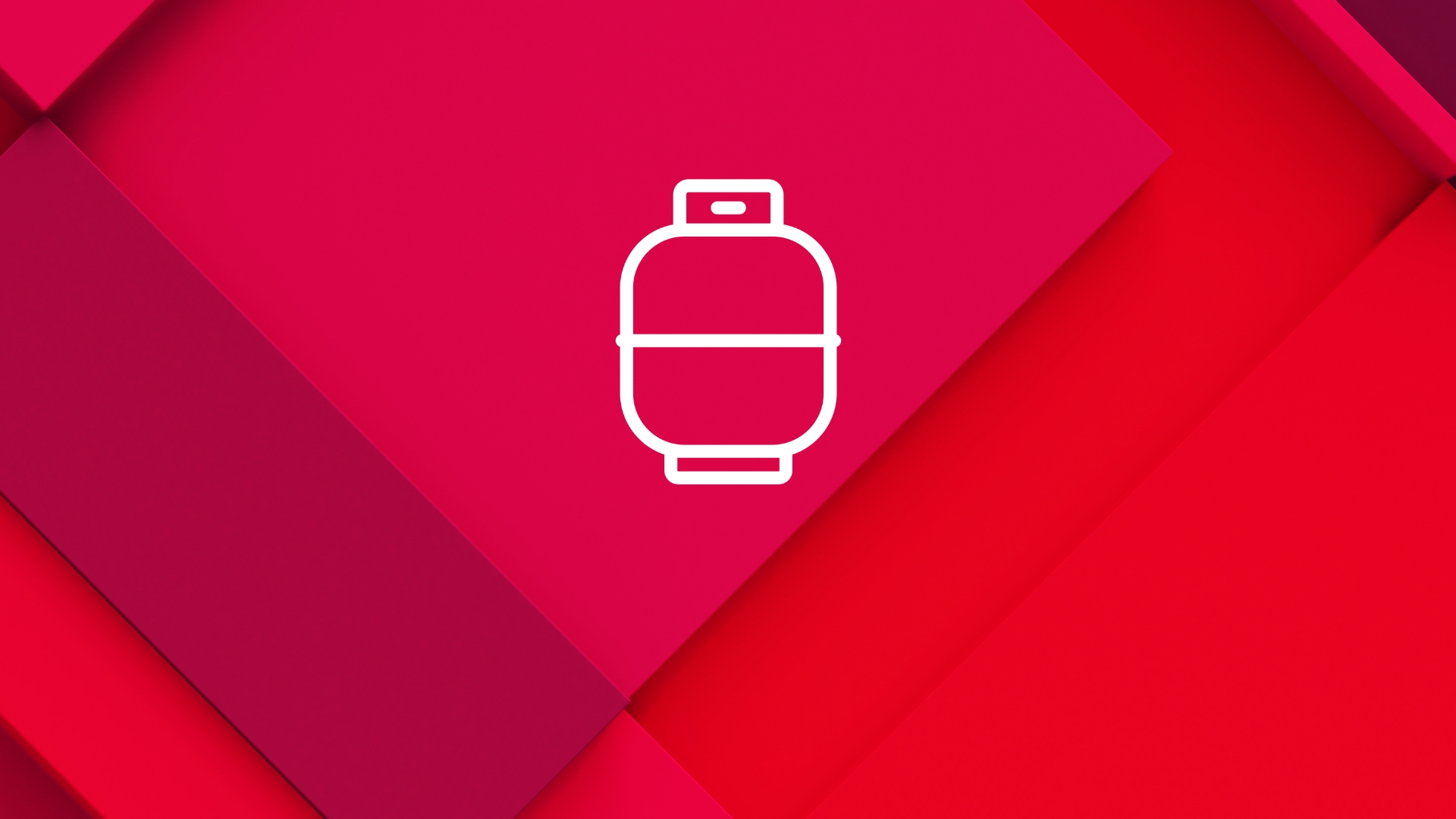
Taking flight: The Hague Court of Arbitration for Aviation
Global | Publication | 十一月 2022
Introduction
Launched into the “final, nearly untouched frontier of arbitration”, the Hague Court of Arbitration for Aviation (HCAA) aims to provide “specialised arbitration and mediation services” for the global aviation industry. This article is an early review of the HCAA, in which we consider the need for an aviation-specific arbitration centre and take a look at the key features of the HCAA and its arbitration rules (HCAA Rules).
Commercial arbitration in global transport
Aviation is an inherently international industry; airlines carry passengers and cargo from one country to another, and a smooth flight also depends on commercial cooperation between service providers across the globe. But aviation is one of the few global industries in which commercial disputes are generally resolved by litigation rather than arbitration.
While litigation may be appropriate in regulatory and personal injury claims, international commercial arbitration is often better suited for other common aviation disputes. In a dispute over the manufacture of a landing system, for example, arbitration enables the parties to have their dispute determined by decision-makers with industry or engineering expertise which few courts can offer. It also avoids concerns about a ‘home field advantage’ by removing the dispute from local courts. The practices used in international commercial arbitration have developed specifically to meet the needs of parties from different countries and legal traditions, and widespread adoption of the New York Convention means that most arbitral awards can be enforced abroad more easily than court judgments.
These features have led maritime shipping to rely heavily on international commercial arbitration. The London Maritime Arbitrators Association (LMAA) handled over 1600 disputes in 2019 alone, and the Society of Maritime Arbitrators, Inc. (SMA) in New York, the Singapore Chamber of Maritime Arbitration (SCMA) and the Chambre Arbitral Maritime de Paris add many more cases to that tally. Indeed, the most widely used standard form documents in shipping, like the New York Produce Exchange Form, provide for arbitration using rules developed specifically for the shipping industry.
The reason parties in the aviation industry have traditionally preferred litigation, despite the advantages of arbitration, is a matter of some debate. A small but growing number of disputes are being referred to commercial arbitration: see e.g. Helice Leasing SAS v PT Garuda Indonesia (Persero) TbK [2021] EWHC 99. But when aviation disputes do go to arbitration, the proceedings use generalist commercial arbitral institutions and their rules: see e.g. International Research Corp PLC v Lufthansa Systems Asia Pacific Pte Ltd [2014] 1 SLR 130. This raises the question of whether parties to arbitration in the aviation industry would benefit from aviation-specific institutions and rules.
Ready for boarding – specialised arbitration centres
Why use a specialised arbitration institution and rules? After all, the world’s leading international commercial arbitration centres like the International Chamber of Commerce or the Singapore International Arbitration Centre are generalist institutions.
Specialised arbitration institutions offer several benefits to parties involved in highly technical industries. One is access to decision-makers with specialised knowledge in the industry. Arbitrator-members of the LMAA, for instance, must have at least 15 years’ experience in the maritime industry. Professional knowledge and expertise is equally relevant in aviation disputes, which can simultaneously involve the commercial, economic and scientific issues as well as industry practice.
Another benefit is that specialised institutions have developed rules and procedures tailored to the specific industry. For example, the SCMA has developed a specific fast-track procedure for marine fuel claims which reflects the commercial need in the shipping industry to keep ships at sea and discharge debts quickly. A similar rationale underpins the default position under the AMTAC (Australian Maritime and Transport Arbitration Committee) Arbitration Rules that arbitrations be conducted on paper only, that is, without a hearing.
As a transnational industry with complex disputes, the global aviation industry would seem to be a natural fit for specialised arbitration. Recognising this, the Shanghai International Aviation Court of Arbitration (SHIACA) opened in 2014 and more recently, the United Kingdom began to allow some aviation consumer disputes to be resolved through a streamlined arbitration process. The Australian Competition and Consumer Commission has also lent its support to a proposal for ‘baseball arbitration’ to resolve aeronautical services disputes between airlines and airports (see our May 2022 article, Baseball arbitration pitched to level the playing field in aviation).
Lifting off – the Hague Court of Arbitration for Aviation
Located in The Hague, the HCAA is a step towards greater user of specialised arbitration procedures to resolve disputes in the aviation industry. Several features of the HCAA position the institution well to accomplish its goal of providing and promoting aviation-centric arbitration and mediation services. For example the HCAA is a private, non-government institution, situated in a jurisdiction whose domestic courts are known for their pro-arbitration approach and which is supported by the Netherlands Arbitration Institute.
Another key aspect of HCAA arbitration is that it is conducted using the HCAA Rules. These rules were developed specifically to resolve aviation disputes, and include the following features:
- Model arbitration clauses: The HCAA Rules begin with model arbitration clauses that can be used for existing and future disputes. Parties are encouraged to set out particular qualifications for an arbitrator, like specific industry knowledge or expertise. When used well, such a requirement can ensure that disputes are heard and decided by tribunals with a sufficient grasp of the subject matter.
- Use of electronic communications: The default position under the HCAA Rules is that communications and submissions are to be provided electronically (Article 3). This is in keeping with the global nature of aviation and the shift towards electronic communication. Although email is often used for communications in international commercial arbitration, not all arbitral rules specifically provide for electronic communications to be the default mode of communication and the fact that the HCAA Rules provide clarity on this point will help to avoid dry procedural disputes.
- Expedited proceedings: The HCAA Rules provide for expedited proceedings where the amount in dispute is less than €10m (approximately US$11m) or where the parties consent (Article 37). Under the HCAA Rules, the tribunal in an expedited proceeding must issue its award within five months of the initial procedural conference (Article 37d), giving the parties certainty that the dispute will be dealt with quickly, and relatively inexpensively. In a further effort to reduce time and costs, the arbitration can be determined on paper only, as is common in maritime arbitration (Article 37(c)(5)). Crucially, expedited proceedings can be converted to standard arbitration under the HCAA Rules—using the full suite of procedural steps—where it becomes evident that the standard procedures are better suited to the dispute (Article 37(c)(9).
- Interim and emergency measures: The HCAA Rules empower a tribunal to make interim and emergency measures, which can offer protection to a party in arbitration by preserving the status quo until the underlying dispute is determined. For example, in an aircraft leasing dispute a claimant might seek an order preventing the lessor from seizing the planes until the merits of the dispute are determined. In a dispute over airport services, an interim order could require runway access to be provided during the arbitration.
Conclusion
As the world emerges from the COVID-19 era and as supply chain disruptions continue to wreak havoc, there will be no shortage of commercial disputes in the aviation industry. It remains to be seen whether parties in the aviation sector will join other international sectors, including maritime shipping, in embracing international commercial arbitration as a preferred means of resolving commercial disputes. In any event, the HCAA is a welcome step forward; it gives parties in the aviation industry another option for resolving their commercial disputes, and the HCAA Rules include procedural measures well suited to the sector.
Subscribe and stay up to date with the latest legal news, information and events . . .












